The aim of a roundabout is to keep traffic flowing whilst arriving and departing in different directions, within a restricted area.
Basic principles of dealing with roundabouts:
Wveryone will always drive clockwise round the roundabout.
Start preparing for the roundabout as soon as you are aware that it is getting close. The earlier you start preparing, the earlier you will be ready for it. The earlier you start looking at the traffic flow on the roundabout, the easier you will find it to merge into the flow of traffic.
Give priority to traffic approaching from your right, unless directed otherwise by signs, road markings or traffic lights
Normally, "Left & Ahead is the Left hand lane, Right and right round, use the right hand lane" If this rule does not apply, there will be signs warning you how to choose your lane, as you approach the roundabout.
If there are not multiple lanes on the approach road, try to show your intentions by moving towards the left or right edge of the one lane that is available to you.
When your junction is the next one on the left, check your mirrors, signal left, and start "unwinding" towards and into the left lane (or part of the single lane).
If there are two lanes approaching the roundabout, there will be two lanes on the roundabout itself, but there may not be two lanes in the exit you are leaving on.
Mini roundabouts are normally in very restricted, normally slow-speed areas, such as housing estates. They are normally just a circle of paint on the road, rather than a "structure". This means that, if needed, vehicles can drive onto the paint without damaging anything. It is important to remember that you should always aim to drive round the roundabout, not over it. Larger vehicles may not be physically able to turn the vehicle in such a small area, and this way, they are able to turn without damaging road or vehicle.
Advance warning signs, and lane warnings.
Mini roundabouts often do not have any signs showing destinations. There should always be a blue circular sign with three white arrows pointing in a clockwise circle. It will be at the entrance to the mini-roundabout. It can be used to judge the location of the roundabout, as you may not be able to see the roundabout as you approach, maybe due to traffic or parked cars.
Normal and larger sized roundabouts will have destination signs as you approach: green ones are for distant destinations on major routes, white ones show local destinations, and minor roads.
If the lane design is NOT normal, then there should also be a white sign showing the lanes needed to get to the different exits. There should also be white information painted on the roads. If you choose and get into the wrong lane, go where that lane takes you, you can always find somewhere safe to turn round after the roundabout, and try approaching it again.
Generally, you can approach the entrance to a roundabout at a running speed, and in the correct gear for that speed. Most of the traffic on a roundabout will be travelling at some sort of running speed, it may be a jog, or it may be a sprint speed. All of these speeds can normally be achieved in second gear. At this speed, you can continue onto the roundabout, mixing with the other traffic, which will be doing a similar speed. If you need to stop and wait for a break in the traffic, it is very easy to stop quickly from a running speed, in a short distance.
Look into the future for a gap that you will be able to use.
By this I mean that you should try to look ahead of yourself, so that you may be able to predict when there will be a gap in the traffic flowing on the roundabout, that you may be able merge into.
You may be able to notice that a vehicle is joining the roundabout at junction 1, with its right indicator showing, signalling that it will be turning to his right, or junction 4. That means that it will be blocking junctions 2 and 3. That, in turn, means that the traffic in junction 3 will have to give way to the vehicle coming from their right. There might well be a gap in the traffic flow that you may be able to use to your advantage.
Generally, if you are going to exit at either junction 1 or 2, you will be approaching in lane one, and staying in that lane.
If you are turning right, or right round, back the way you have come from, you will approach in the right hand lane, and stay in that lane until you pass the junction before yours. At that point you should carefully “unwind” into lane 1, to exit the roundabout in lane 1. If your exit has two lanes, you can exit straight into lane 2, but be aware that lane 2 may merge back into lane 1 within a very short distance.
The principle for signalling is to show your general exit direction as you approach it, and then signal left when your junction is the next road on your left.
If you are taking the first exit on the roundabout, then you will signal left as you approach the roundabout, and keep it on until you leave it.
If you are going right (or right round) at the roundabout, you should signal right as you approach the roundabout, keeping it on until your exit becomes the next one on your left, at which time you should signal left.
If you are taking an intermediate exit, do not signal until your exit is the next one on your left. Your lane position will indicate your general intention, until you can confirm it with a left indicator.
The "12 O'clock Rule".
Is a myth. It does not exist in the Highway Code. It is not a Rule, because it does not, and cannot, apply to all roundabouts. Many roundabouts have the second exit (the road Ahead) which is located before or after the 12 O’clock position.
At all times, be aware of pedestrians crossing near the roundabout, vehicles which may be straddling lanes, either through necessity or by mistake, motorcyclists which may be in your blind spots whilst you are turning, and for cyclists or horse-riders, who may take a position different to motor vehicles. They are generally advised to stay on the outside edge of the roundabout, nearest any pavement, even though they may be turning right at the roundabout. They should use arm signals to inform other road users of their intentions.
Above all, be aware of the movements of other road users, and how they may affect you.
Keep an eye on where you are exiting, and stay in the lane you need to be in.
Signal as soon as you can without confusing others.
Travel at a steady speed on the roundabout, so that others can make plans based on your speed and position.
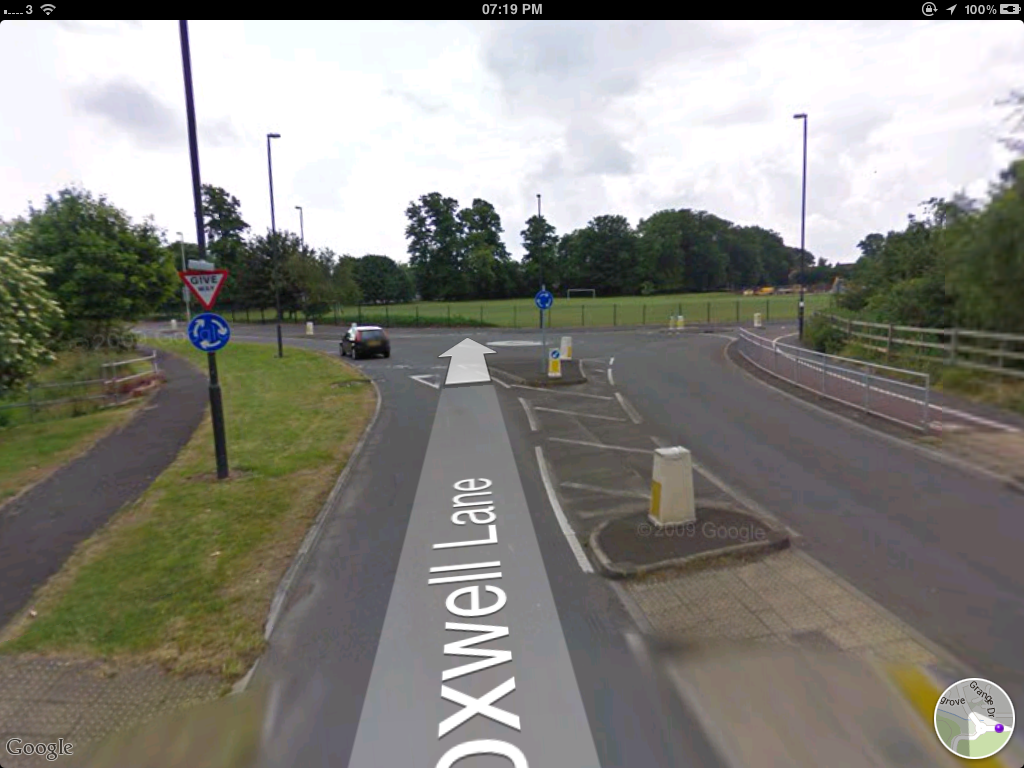
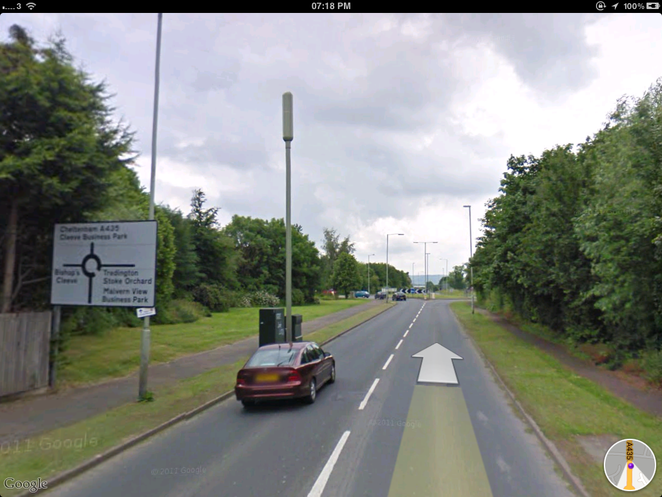
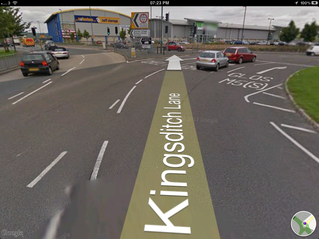
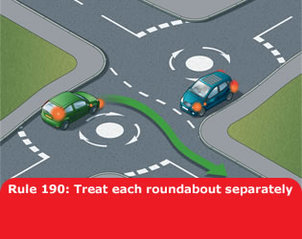
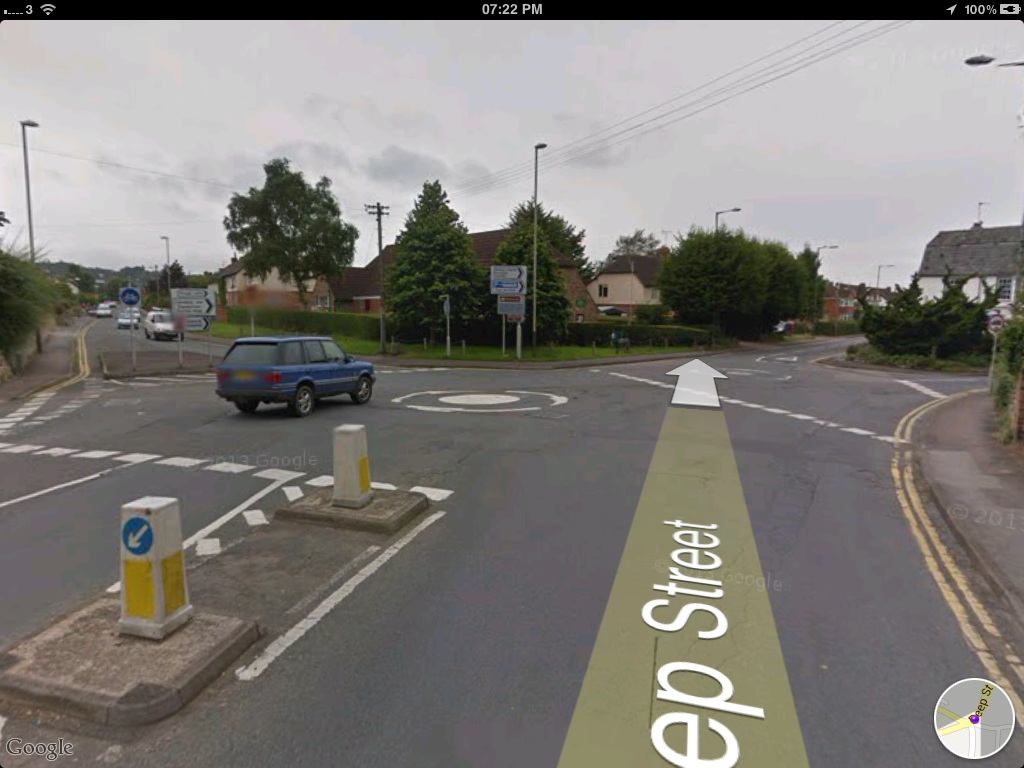
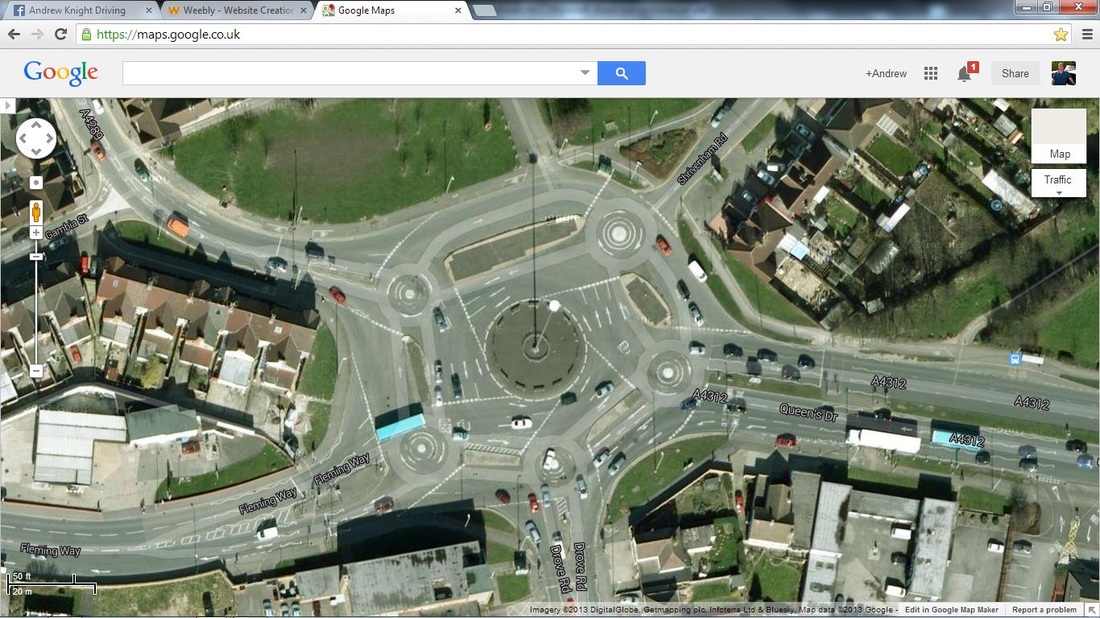
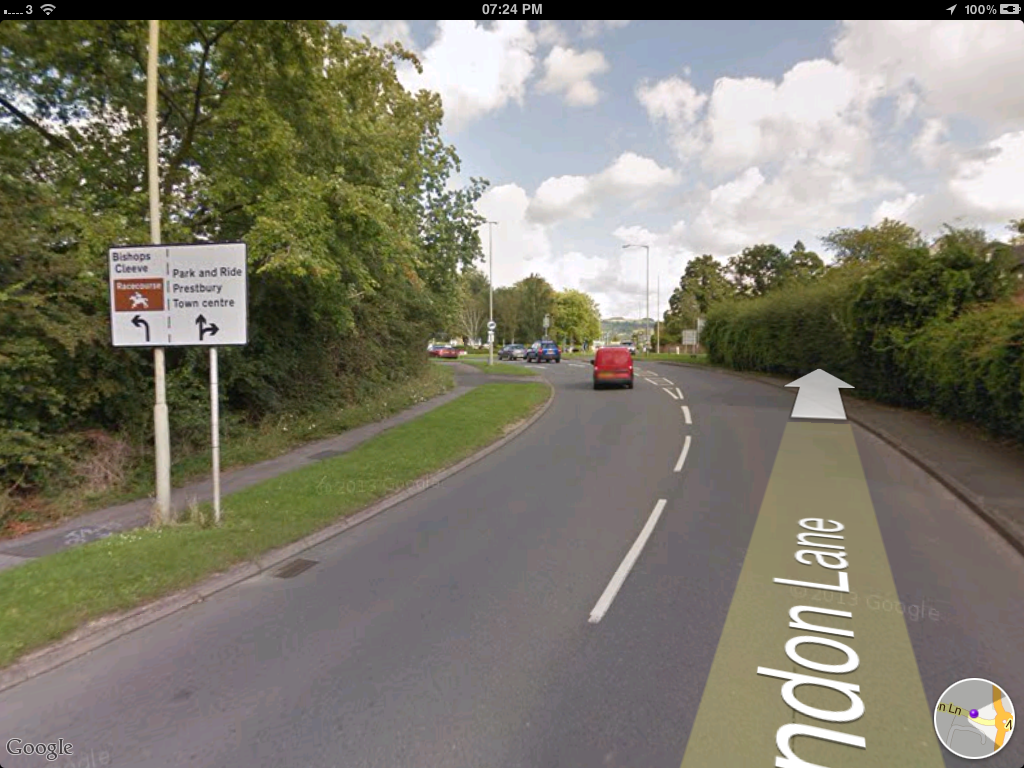
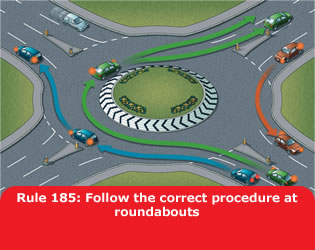
 RSS Feed
RSS Feed